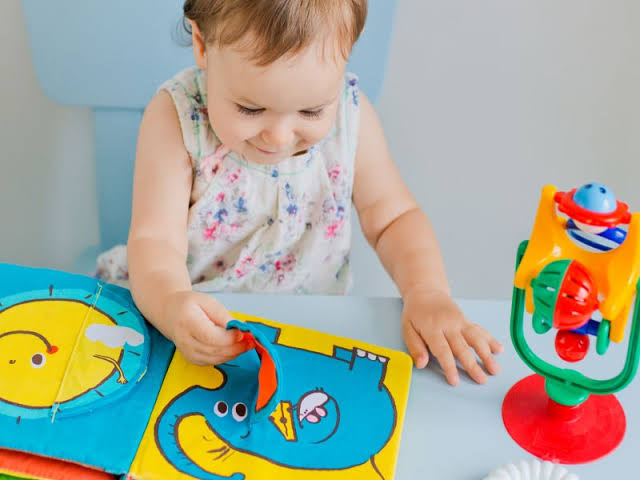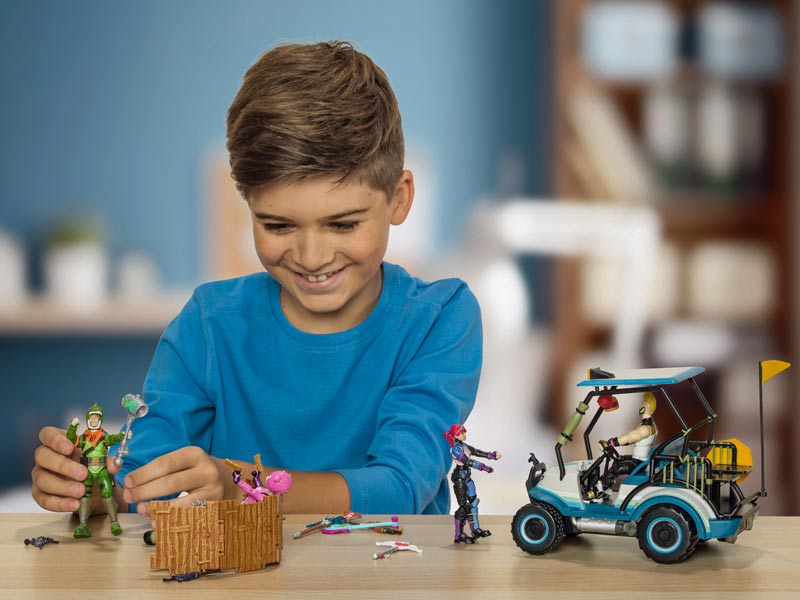Among the variety of children’s toys, it’s not hard to get lost. At the same time, a child’s toy should not only like and be interesting for the child, but also be suitable for his or her age, be safe and meet many standards and regulations.
Holiday Eve – time to choose and buy gifts. With a special passion is to treat children’s toys, as, choosing a gift for a child, you need to take into account many points at once.
Buy what?
You don’t know what to buy as a gift, but the child doesn’t have any obvious hobbies yet? Focus on age. So, children under a year usually buy rattlesnakes, small teddy toys, medium sized cubes and pyramids of rings. For children from year to three you can choose a toy tableware, plasticine, mosaic or washable paint.
For children over three years old, drawing tools such as a board and coloured crayons, paints and felt-tip pens are also available, and various development kits can be purchased. Almost a win-win situation is with puppets with accessories, soldiers and cars, as well as toys in the form of animals or cartoon characters.
Older children, after six years, will be interested in radio-controlled models of cars, complex small designers, dolls and realistic accessories, board games, puzzles, machines, pistols, military figures, noisy musical instruments.
Rules for selecting toys for children
When choosing a toy, take a closer look at it and look at it, read everything that is written on the package. It is important to pay attention to:
Material. The toy should be made of safe materials. Do not buy toys made of natural fur and bark, besides, toys made of leather are not recommended for children under 3 years old. When choosing soft toys, it is worth remembering that they should have a dense and well stitched pile, as they can shed.
Also, soft toys accumulate bacteria and can become a source of infection, so this is not the best option for the youngest babies and those who are prone to allergic reactions.
Formula. The toy should be free of sharp protrusions, burrs and sharp corners that can cause injury to the child.
Color that should be as natural as possible. Firstly, it does not violate the child’s ideas about the real world, and secondly, toys of “poisonous flowers” can frighten children and contain “toxic” dyes. Also, black and bright red toys should be avoided, they can be poorly received by the child.
When choosing, it is worth considering that up to 4 months children see yellow, then orange and red, and by 6 months distinguish almost all the colors of the rainbow.
The smell. Do not hesitate to sniff out the toy in the shop. It should not have a persistent unpleasant smell, and if it has, it means that it is made of “toxic” materials.
Instructions that should be read in advance, even before purchase. Instructions for proper use of the toy can be placed on the toy itself, on the packaging and on the label, or in the form of an insert. The instructions should include the following information:
- the need to assemble and install the toys by adults (for toys that should not be assembled by the child);
- the presence of potentially dangerous parts for the child in the event of an improper installation of the toy (slide with a sliding board, swings, rings, trapezes, ropes, etc.);
- on the use of toys and precautions;
- warning of the possibility of accidents if the precautions are not observed;
- Instructions on the storage of toys in places that are not accessible to children under 3 years of age;
- the need for regular inspections of the basic elements of toys (hangers, fasteners, suspenders);
- instructions for careful use of the toy in order to avoid falls or collisions causing injury;
- recommendations for the use of protective equipment: helmets, gloves, elbows, knees (for roller skates and rollerblades).

Warning notices. Pay attention to the safe use of toys. For example:
- “Not recommended for children under 3 years of age – on toys that are dangerous for children under 3 years of age;
- “Attention! Use only under direct supervision of adults” – on functional toys that are dangerous for children;
- “Beware! In order to prevent the child from being entangled, remove the toy when the child starts to get up on his hands and knees! – on toys used in the cradle, baby bed or stroller.
Thematics. Buy toys that will not harm the child’s psyche. Psychologists do not recommend buying children different monsters, mutants, etc.
Realism. Specialists of Rospotrebnadzor recommend to choose toys that look like real animals or people, so that the child can draw an analogy.
Sound – it should not irritate the child’s hearing and should not frighten them. If the toy is accompanied by music, listen to all the melodies before buying and make sure that the child is not afraid. Also, pay attention to the volume of the sound or its adjustment.
By the way, when buying musical toys, pay attention to the places where children’s lips come into contact with them – they should be made of easily disinfectable materials that do not absorb moisture.
Details. Toys made of hard materials, such as metals, wood or plastic, should be fixed so that the child cannot grasp them with his or her teeth. If the parts are separated from the toy, they must not have sharp edges and ends.
The age of the child. When choosing a toy, be sure to pay attention to the age for which the toy is designed. In accordance with item 3.4 of SanPiN 2.4.7.007-93, the consumer package or insert should indicate the age of the children for whom a particular game or toy is intended, in particular:
- up to one year (early);
- from one year to three years of age (nursery);
- 3 to 6 years of age (preschool);
- 6 to 10 years (junior school);
- 10 to 14 years (secondary school).
The place where you buy toys. Buy toys in
In specialized stores, do not buy toys “off the shelf” in unauthorized places.
For the little ones
Rattles for infants are subject to special requirements. In particular, they must not be painted or painted and must not be heavier than 100 grams. Choose dense and strong rattles – this is especially important if there is liquid inside the toy. Parts designed to come into contact with children’s lips should be made of easily disinfectant materials that do not absorb moisture.
Consumer rights
The buyer has the right to exchange non-food products of appropriate quality for similar products from the seller from whom the product was purchased, if the product is not suitable in form, size, style, color, size or configuration.
This requirement also applies to children’s toys in accordance with Article 25 of the Law of the Russian Federation “On Protection of Consumer Rights”. You can change the non-food type of goods of proper quality within 14 days, not counting the day of its purchase.
However, it is important to remember that the exception is electronic toys and non-periodical publications for children, such as books, brochures, albums, cartographic and musical publications, leaflets, calendars, booklets, publications reproduced on technical media of proper quality. These products are not subject to return or exchange.

